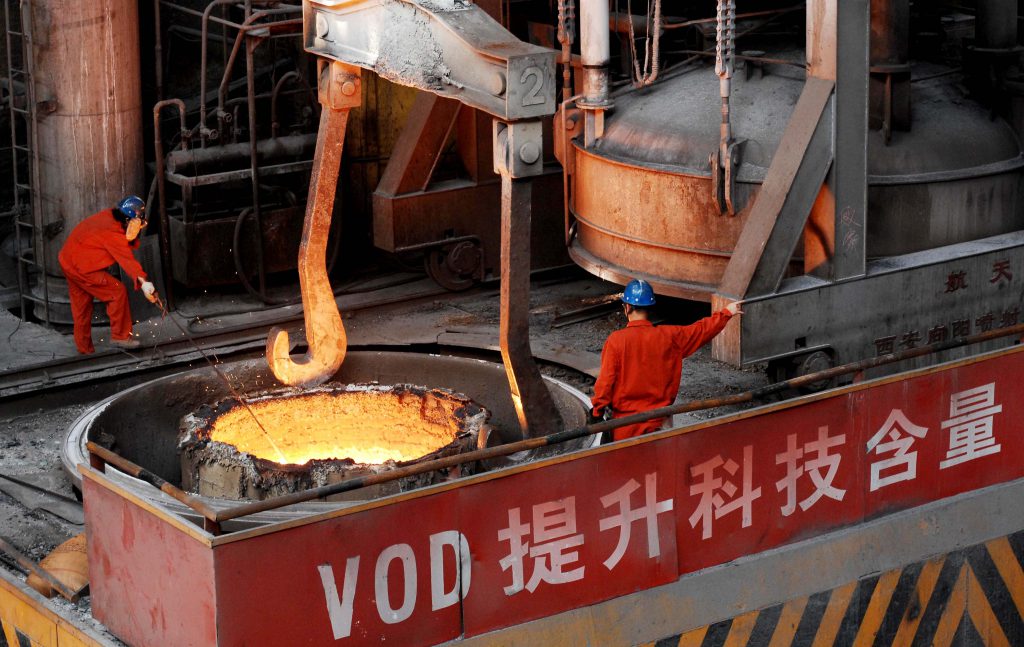
This time, it’s stainless steel sheet and strip.
The Commerce Department issued a preliminary ruling on Monday that imports of stainless steel sheet and strip products from China were being unfairly dumped into the U.S. market at prices below fair market value.
Duties ranging from 63.86 percent to 76.64 percent were issued. The case now heads to the International Trade Commission (ITC), which will make a final decision.
Monday’s ruling is just the latest in a series finding that China is dumping its steel here. In May, the department announced a final determination finding dumping of corrosion-resistant steel products from China and other nations; it also ruled in March that cold-rolled flat steel imports from seven nations (including China) were being dumped in the United States.
But while U.S. officials have taken action to address this trade cheating, these actions are merely a bandage for a much larger problem that continues to go unaddressed: China’s massive steel overcapacity. Check out the video below for a quick explainer on the issue:
To sum up: China’s state-owned steel companies are simply making more steel than the world needs, but since China has to get rid of all its steel, it dumps it into the U.S. market at rock-bottom prices. That’s led to big problems here in the United States, including more than 14,000 layoffs and dozens of mill closures nationwide.
China knows it has a problem. President Obama and other world leaders rightly put a great deal of political pressure on China during the recent G20 summit to get serious about reducing its steel capacity, and the Chinese agreed to be part of a new global forum that will specifically address the issue.
But the problem remains. Following the Commerce Department ruling on Monday, China’s National Statistics Bureau announced crude steel production rose to 68.57 million metric tons in August, up 3 percent from a year earlier and 2.6 percent higher than July.
